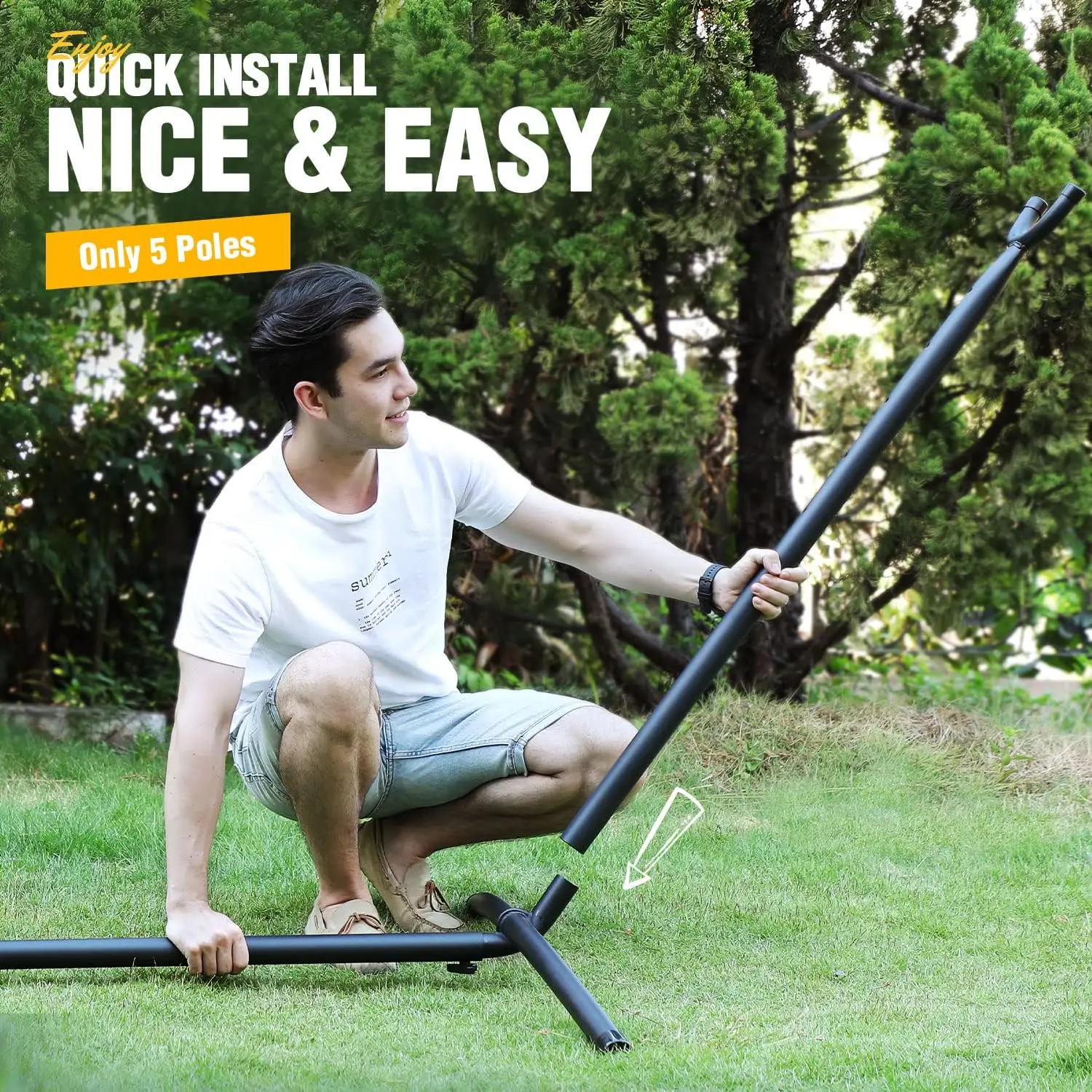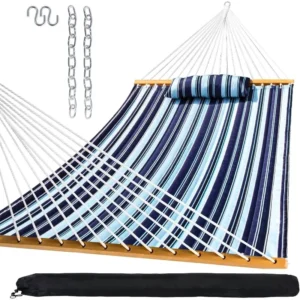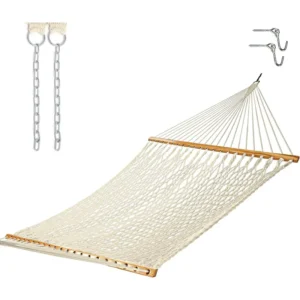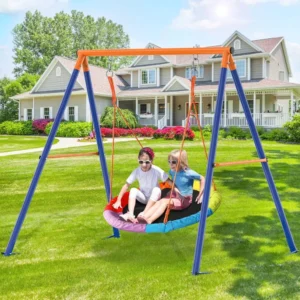The Challenges of Using Regular Stands in Windy Conditions
When the wind picks up, standard stands quickly reveal their limitations. What works perfectly in a controlled indoor environment can become a liability outdoors when gusts exceed just 15 mph (24 km/h). Regular stands simply aren’t designed to withstand nature’s forces, leading to a cascade of potential problems:
• Tipping hazards: Standard stands have narrow bases and high centers of gravity, making them prone to toppling over
• Structural weaknesses: Regular stands often bend, warp, or break under repeated wind stress
• Equipment damage: When stands fail, expensive equipment crashes to the ground, often resulting in costly repairs or total loss
These failures aren’t just inconvenient—they can be dangerous. Equipment toppling in windy conditions creates serious safety hazards for anyone nearby, potentially causing injuries or property damage. The financial impact is equally concerning, with damaged equipment replacement costs often running into hundreds or even thousands of dollars.
Proper indoor and outdoor hammock placement strategies share many similarities with positioning other types of stands—both require careful consideration of environmental factors for maximum stability and safety. Understanding these principles becomes even more critical when dealing with challenging weather conditions.
This comprehensive guide will explore the types of heavy-duty stands designed specifically for windy environments, essential features that ensure stability, selection criteria for your unique situation, and best practices for secure setup. We’ll also examine the hammock safety guidelines that apply equally well to securing any type of stand in challenging conditions.
Understanding the Science of Wind Resistance and Stand Stability
To fully appreciate what makes certain stands wind-resistant, we need to understand some basic physics principles that govern stability in breezy conditions.
The center of gravity is perhaps the most important concept—this is the point where an object’s weight is evenly distributed in all directions. A lower center of gravity means greater stability. Think about how much harder it is to tip over a short, squat object compared to a tall, narrow one of the same weight.
Wind load refers to the force exerted by wind on a structure. This force increases with:
– Surface area (more area for wind to push against)
– Wind speed (force increases exponentially with speed)
– Wind direction (perpendicular wind creates maximum force)
When wind pushes against a stand, it creates torque (rotational force) around the base. If this torque exceeds the counterbalance provided by the stand’s weight and design, the stand will tip over.
Height plays a crucial role in stability calculations. A taller stand experiences greater leverage effect from wind forces. For example, doubling the height of a stand can nearly double the tipping force generated by the same wind speed.
Aerodynamic profiles also matter significantly. Stands with sleek designs or wind pass-through features experience less force than those with flat surfaces that catch the wind like a sail. This explains why many heavy-duty hammock stands incorporate designs that allow wind to flow through rather than against the structure.
Understanding these principles helps us recognize truly effective wind-resistant designs versus marketing hype, and sets the foundation for evaluating the essential features that make a stand genuinely suited for windy conditions.
Essential Features That Make a Stand Wind-Resistant
Base Design and Weight Distribution
The foundation of any wind-resistant stand begins with its base. Wide, low-profile bases dramatically increase stability by extending the tipping point farther from the center. This design requires significantly more force to overturn compared to narrow bases.
Base options typically include:
– Fixed weighted bases (pre-manufactured with built-in weight)
– Fillable bases (empty when transported, filled with water or sand on-site)
– Expandable tripod or quad-pod designs (wider footprint equals greater stability)
– Platform-style bases that distribute weight across a broader area
The tripod versus quad-pod debate comes down to specific applications. Tripods adapt better to uneven terrain but provide less stability than quad-pods in certain directions. Quad-pods offer more uniform stability but require level ground.
Many top features of heavy-duty hammock frames apply equally well to all types of stands designed for windy environments—most notably the importance of a properly engineered base that prioritizes a low center of gravity.
Materials and Construction
Material selection significantly impacts a stand’s wind resistance capability:
- Steel provides excellent stability due to its weight but requires proper finishing to prevent rust
- Reinforced aluminum offers a balance of strength and weight, making it popular for portable heavy-duty options
- Composite materials can provide innovative solutions combining lightness with strength
- High-grade plastics with UV protection work well for certain components
Quality connection points are often overlooked but critically important. Welds should be uniform and complete, while joints need to be reinforced and designed to distribute force. Connection points are typically the first failure points in wind-stressed stands.
Structural reinforcements like gussets (triangular supports at joints), cross-bracing, and strategic thickness variations at stress points can dramatically improve wind resistance without adding excessive weight or bulk.
Specialized Wind-Resistance Mechanisms
Advanced stands often incorporate specialized features specifically designed for windy conditions:
- Spring-loaded or shock-absorbing components that flex slightly to absorb gusts rather than fighting them
- Counterbalance systems that use physics principles to maintain stability
- Adjustable or articulating legs that can adapt to uneven terrain while maintaining a low center of gravity
- Aerodynamic elements that reduce wind resistance or channel airflow away from critical components
Our collection of heavy-duty hammock sets showcases products specifically engineered with these stability-enhancing features that work equally well in protected and exposed environments.
Advanced Anchoring and Securing Methods for Extreme Conditions
Even the best-designed heavy-duty stands sometimes need additional anchoring in particularly challenging conditions. These advanced securing methods provide extra protection when the elements are at their worst.
Ground anchoring systems offer the most direct approach to preventing movement:
– Spiral stakes that screw into the ground provide excellent holding power in most soil types
– Heavy-duty steel pins work well in compact soil
– Sand/snow anchors with broad surfaces prevent pullout in loose materials
– Auger-style anchors that bite deep into soil for maximum holding power
Guy wires and tension systems distribute force across multiple points:
– Cross-pattern setups create multidirectional stability
– Proper tensioning techniques (not too tight, not too loose) absorb shock
– Attach to reinforced points on the stand to prevent damage
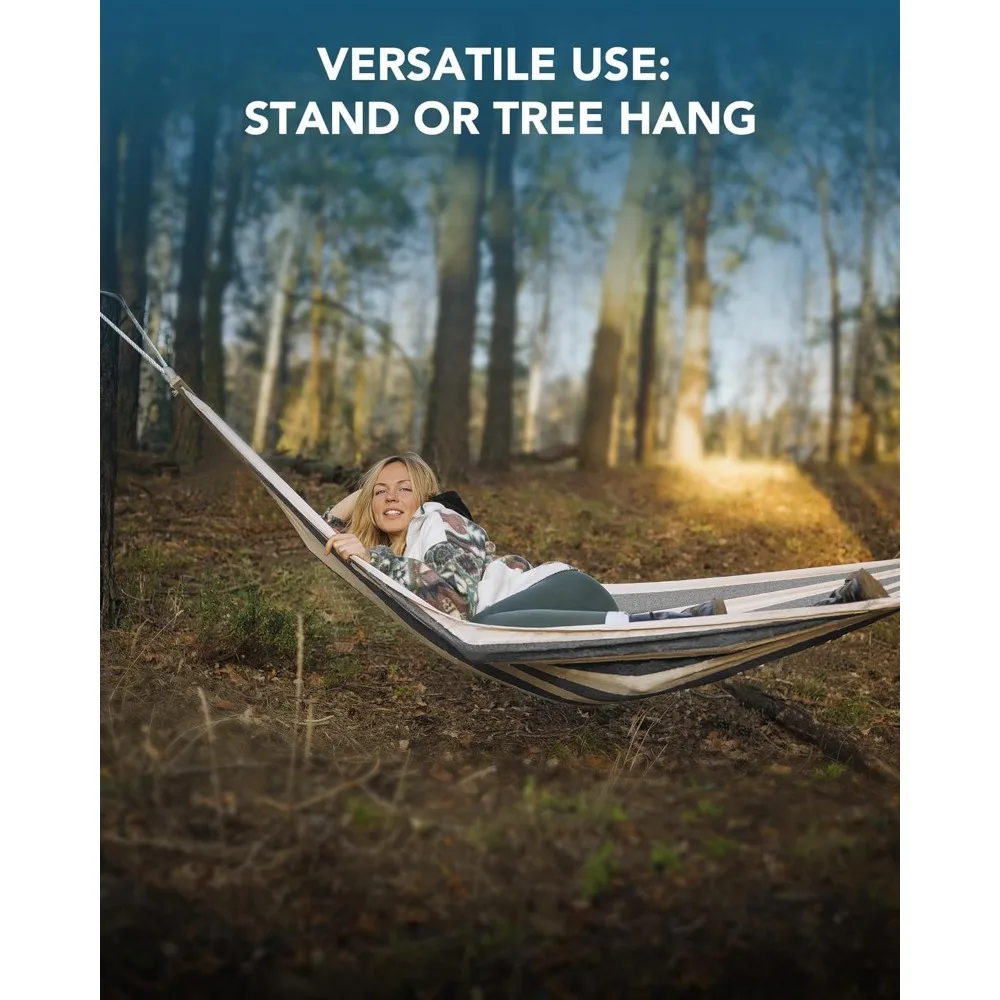
Strategic sandbag placement can dramatically improve stability:
– Position bags at the lowest possible point on the stand
– Distribute weight evenly across all legs
– Use proper weight capacity (typically 15-25 lbs/7-11 kg per bag minimum)
– Secure bags to prevent shifting during wind events
For extreme conditions, combining multiple anchoring methods provides redundancy. A properly secured stand might use ground stakes, sandbags, and guy wires simultaneously to ensure stability in unpredictable conditions.
Warning signs that indicate your stand needs additional anchoring include:
– Visible movement or vibration in moderate wind
– Shifting base position over time
– Creaking or unusual noises during gusts
– Equipment feeling unstable when in use
Types of Heavy-Duty Stands for Different Windy Applications
Photography and Videography Stands
Professional photography and videography equipment requires specialized stands designed to protect valuable gear while maintaining position precision:
- C-stands with turtle bases provide low centers of gravity and multiple grip points for accessories
- Heavy-duty tripods with retractable spikes for different terrain types
- Reinforced center columns with reduced extension heights for windy conditions
- Safety cables and equipment tethers that prevent total loss even if the stand moves
The question of whether it’s okay to leave a hammock outside parallels considerations for photography equipment—both require careful assessment of environmental conditions and appropriate equipment designed for extended outdoor exposure.
Lighting and Audio Equipment Stands
Lighting and audio equipment presents unique challenges due to top-heavy designs and large surface areas:
- High-capacity stands with load ratings 1.5-2× the actual equipment weight provide safety margin
- Wind-deflecting designs that reduce surface area facing prevailing winds
- Reinforced knuckle joints that prevent slippage under vibration
- Cable management systems that prevent wind-catching loops and tangles
These stands typically feature weight capacities from 30-50 lbs (14-23 kg) and incorporate safety-rated load capacities specifically calculated for windy conditions.
Signage and Display Stands
Signage stands face perhaps the greatest wind challenges due to their large, flat surfaces:
- Spring-based sign stands that flex with gusts rather than resisting them
- Water or sand-filled bases with capacities of 30-50 gallons
- Wind pass-through designs with perforations or mesh that reduce wind load
- Breakaway features that sacrifice the sign before damaging the stand or causing hazards
Outdoor Event and Canopy Stands
Events require rapidly deployable, highly stable solutions that can be set up by non-specialists:
- Pop-up tent systems with integrated weight attachments
- Market umbrella bases weighing 75+ lbs (34+ kg) for standard sizes
- Modular barriers with water-fill capabilities
- Stage supports with redundant locking mechanisms and safety certifications
Our diverse selection of hammocks and stands demonstrates the range of stability features that can be incorporated into various designs, from minimalist to robust structures.
How to Choose the Right Heavy-Duty Stand for Your Specific Needs
Selecting the perfect stand for windy conditions requires methodical assessment of several key factors:
Evaluate your typical and maximum wind exposure:
– Regular exposure (frequent winds of 10-20 mph/16-32 km/h)
– Occasional strong winds (20-30 mph/32-48 km/h gusts)
– Extreme conditions (sustained winds or gusts above 30 mph/48 km/h)Match stand features to your equipment:
– Weight (choose stands rated for at least 1.5× your equipment weight)
– Height requirements (lower is always more stable)
– Surface area (more area means more wind force)Consider the portability vs. stability tradeoff:
– Heavier stands provide more stability but reduced portability
– Collapsible designs may introduce weak points
– Transport requirements may limit material choices
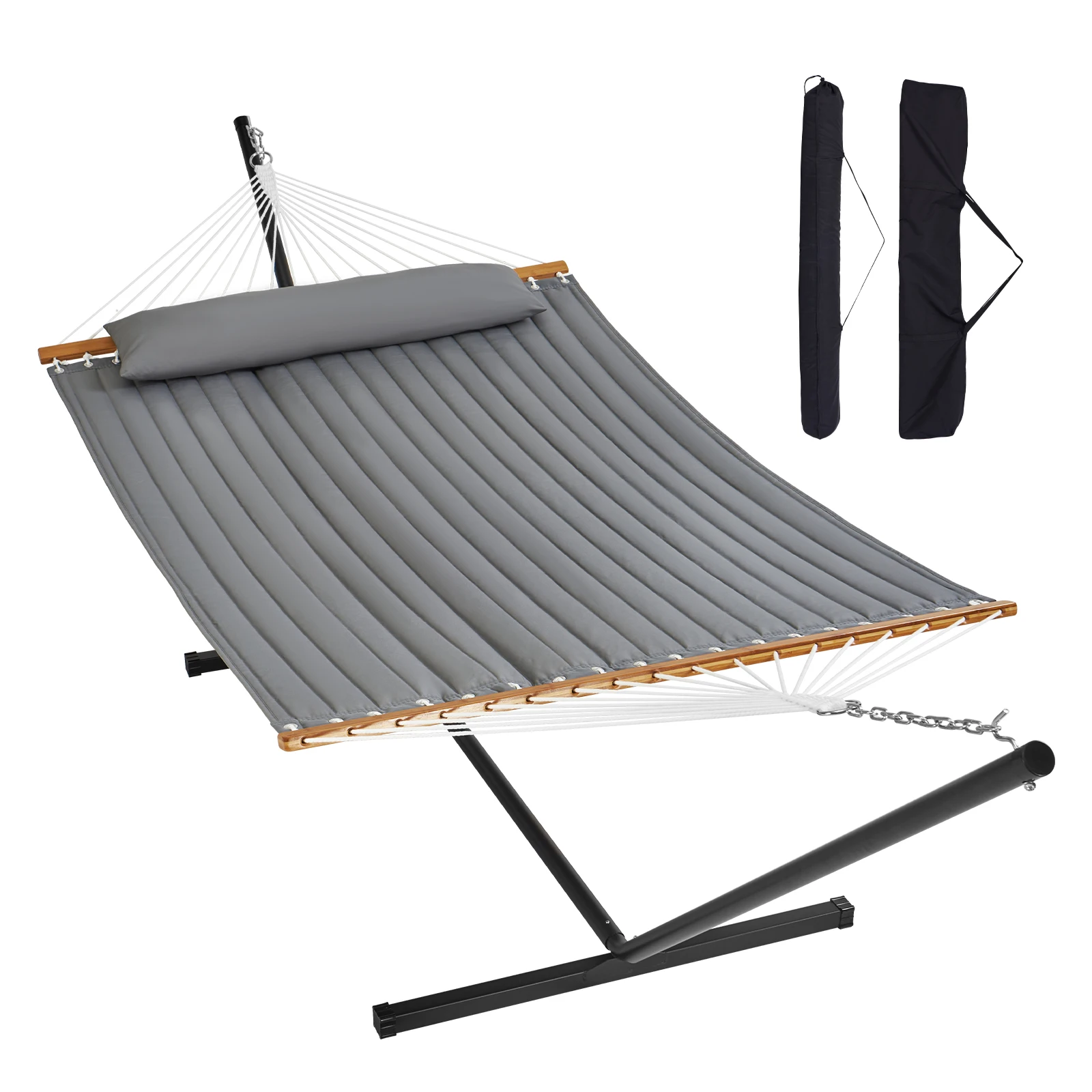
- Budget considerations should include:
– Initial investment vs. potential equipment damage costs
– Expected lifespan of the stand (quality pays off over time)
– Availability of replacement parts
– Warranty coverage for wind-related failures
Our collection of portable hammocks and stands demonstrates how manufacturers balance the competing demands of portability and stability, offering solutions that work well in various wind conditions without sacrificing transportability.
Best Practices for Setting Up and Securing Stands in Windy Conditions
Even the best wind-resistant stand requires proper setup to perform as designed:
Site selection is your first defense:
– Position stands behind natural windbreaks where possible
– Avoid corridors that funnel and accelerate wind
– Consider wind direction and position stands accordingly
– Choose level ground whenever possibleProper leg extension and configuration:
– Always extend legs fully to their widest stable position
– Ensure all locking mechanisms are fully engaged
– Position one leg into the prevailing wind when possible
– Verify the stand is perfectly level using a bubble levelOptimal ballast application:
– Add weights before mounting equipment
– Secure weights directly to the stand rather than simply resting them
– Distribute weight evenly across all legs
– Use purpose-designed weight bags rather than makeshift solutionsRegular checks during use:
– Inspect for loosening components periodically
– Watch for shifting or settling of the base
– Monitor changing weather conditions
– Have an emergency securing plan ready
Understanding hammock installation requirements provides valuable insights into securing any type of stand properly—both applications share the need for careful attention to stability factors and regular safety checks.
Comparison of Top Heavy-Duty Stand Solutions for Windy Environments
| Stand Type | Primary Wind-Resistance Features | Best Applications | Weight Range | Portability | Additional Securing Needed | Price Range |
|---|---|---|---|---|---|---|
| Weighted Base Stands | Low center of gravity, high mass | Fixed positions, regular use | 20-50 lbs (9-23 kg) | Low | Minimal in moderate winds | $$$-$$$$ |
| Fillable Base Systems | Adjustable weight, compact transport | Temporary setups | 5-15 lbs empty, 40-80 lbs filled (2-7 kg empty, 18-36 kg filled) | Medium | Moderate in higher winds | $$-$$$ |
| Professional Tripods | Wide footprint, adjustable legs | Photography, lighting | 8-25 lbs (4-11 kg) | High | Substantial in strong winds | $$-$$$$ |
| Heavy-Duty C-Stands | Low profile base, high weight capacity | Studio and field production | 15-35 lbs (7-16 kg) | Medium | Moderate with proper technique | $$$-$$$$ |
| Event Support Systems | Integrated anchoring, modular design | Outdoor events | 30-100+ lbs (14-45+ kg) | Low | Minimal with proper setup | $$$-$$$$ |
This comparison highlights how different stand types emphasize various aspects of wind resistance. The best choice depends on your specific application, typical wind conditions, and portability requirements.
For those seeking stands that balance durability with practical design, our durable hammock stand relaxation options demonstrate the principles that apply across all categories of heavy-duty stands.
Are Wind Ratings on Stands Actually Reliable?
Wind ratings on stands can be useful but require careful interpretation. Manufacturers determine these ratings through various testing methods:
- Wind tunnel testing (the gold standard but expensive and not universal)
- Computer modeling and simulation (increasingly accurate but still theoretical)
- Field testing in natural conditions (realistic but less controlled)
- Engineering calculations based on materials and design (baseline approach)
The gap between controlled testing and real-world performance stems from several factors:
- Wind gusts create more stress than steady winds of the same average speed
- Real-world wind rarely comes from a single consistent direction
- Environmental factors like rain or unstable ground reduce performance
- Equipment mounted on stands creates different wind profiles than empty stands
When evaluating wind ratings, look for:
– Specific testing methodology descriptions
– Separate ratings for gusts versus sustained winds
– Clear definitions of what constitutes “failure” in testing
– Additional guidance for various wind conditions
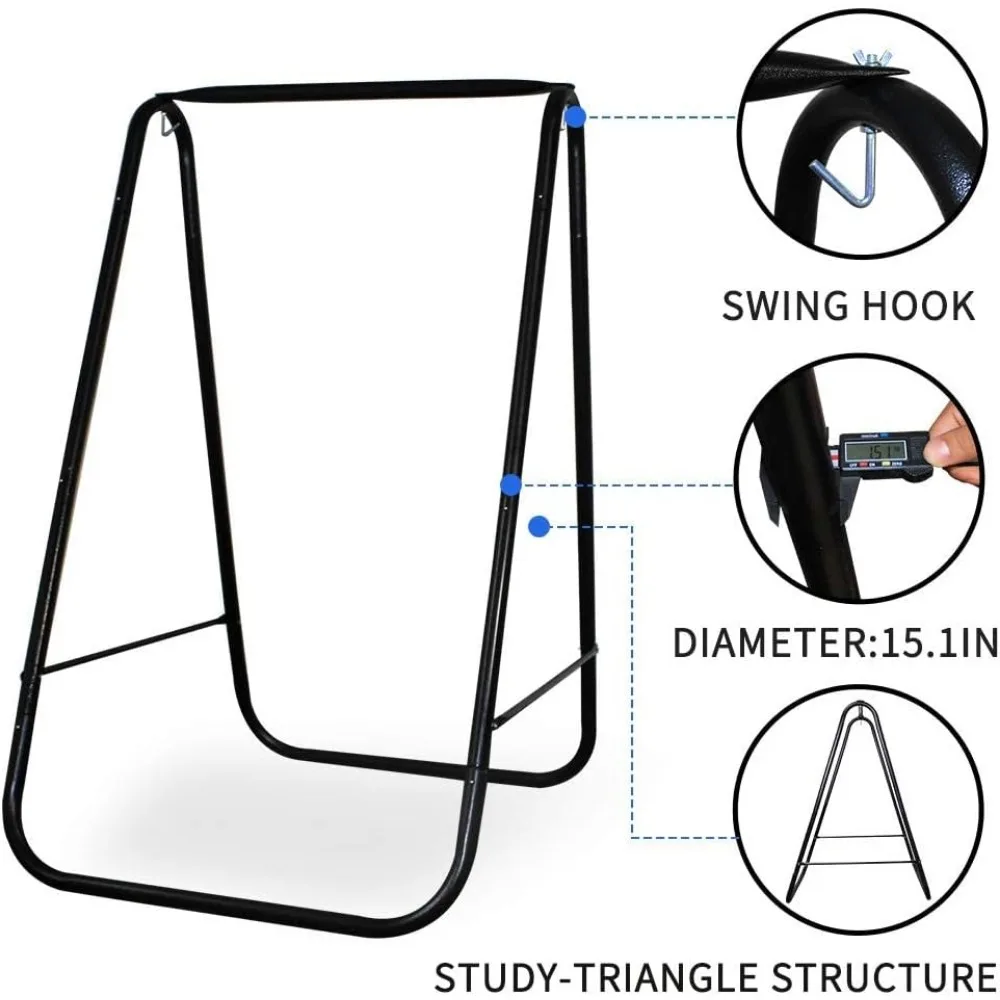
The most reliable approach is to consider manufacturer ratings as best-case scenarios and apply your own safety margin based on your specific application and risk tolerance.
When Should You Choose a Permanent Installation Instead of a Stand?
There are situations where even the best portable stands may not provide adequate stability:
Consider permanent installations when:
– Regular exposure to winds exceeding 30-40 mph (48-64 km/h)
– Equipment remains in the same location long-term
– Maximum security is required for very expensive equipment
– The location experiences extreme or unpredictable weather events
– Professional or commercial applications demand zero failure risk
Benefits of permanent installations:
– Significantly higher wind resistance
– Elimination of setup/takedown risks
– Lower long-term maintenance requirements
– Ability to custom-design for specific site conditions
Semi-permanent options bridge the gap:
– Sleeves set in concrete that accept removable posts
– Heavy platform bases that distribute weight across larger areas
– Seasonal installations with enhanced anchoring systems
– Modular systems that combine permanent and portable elements
Our A-frame stand hammock sets demonstrate how even portable systems can incorporate design elements from permanent installations to enhance stability without sacrificing flexibility.
A-Frame Stand Hammock Sets, Swinging Hammock Chair Sets
$154.62 Select options This product has multiple variants. The options may be chosen on the product pageClassic Wooden Stand Hammock Sets, Heavy Duty Hammock Sets
$1,061.68 Select options This product has multiple variants. The options may be chosen on the product pageHammock Sets with Canopy, Heavy Duty Hammock Sets
$286.31 Select options This product has multiple variants. The options may be chosen on the product pageDouble / Two Person Hammock Sets, Rope Hammock Sets
Double Traditional Cotton Rope Hammock with Extension Chains – 450 lbs Capacity for Backyard & Patio$292.98 Select options This product has multiple variants. The options may be chosen on the product pageFolding Hammock Sets, Quick Setup Hammock Sets
Price range: $305.52 through $583.27 Select options This product has multiple variants. The options may be chosen on the product page
Is It Worth Investing in Premium Heavy-Duty Stands?
When considering premium heavy-duty stands versus budget options, several factors should influence your decision:
Benefits of premium stands:
– Higher-grade materials that resist fatigue and corrosion
– Engineered designs based on advanced stability principles
– Better construction quality with reinforced stress points
– More versatile configurations and adjustment options
– Longer warranties and better customer support
When premium stands justify the investment:
– Professional applications where downtime means lost income
– Protecting expensive equipment where stand failure could cause major losses
– Regular exposure to challenging conditions
– Frequent transportation that stresses components
– Long-term use that amortizes the higher initial cost
A quality heavy-duty stand typically costs 2-3 times more than a standard stand but can last 5-10 times longer under challenging conditions. Additionally, premium stands often incorporate more thoughtful features that simplify setup and improve safety margins.
The true value calculation must include potential losses from equipment damage, which can easily exceed several thousand dollars in a single incident—making premium stands an insurance policy rather than simply an expense.
Maintaining Your Heavy-Duty Stands for Maximum Longevity and Performance
Even the best stands require regular maintenance to ensure continued performance in windy environments:
Regular inspection routine:
– Check all joints, welds, and connection points for cracks or fatigue
– Test locking mechanisms to ensure they fully engage
– Examine bases for deformation or damage
– Inspect any cables or tension systems for fraying or wear
– Verify weight capacity has not been compromised
Preventive maintenance:
– Clean stands after exposure to salt water or corrosive environments
– Apply appropriate lubricants to moving parts
– Replace worn hardware before failure occurs
– Maintain protective finishes on metal components
– Store properly when not in use (dry, protected from UV exposure)
For stands used in extreme conditions, consider keeping a maintenance log that tracks exposure to exceptional weather events. This documentation helps identify potential weakening before catastrophic failure occurs.
With proper maintenance, a quality heavy-duty stand should provide reliable service for many years, even in challenging windy environments—protecting your equipment investment and ensuring safety for all involved.

